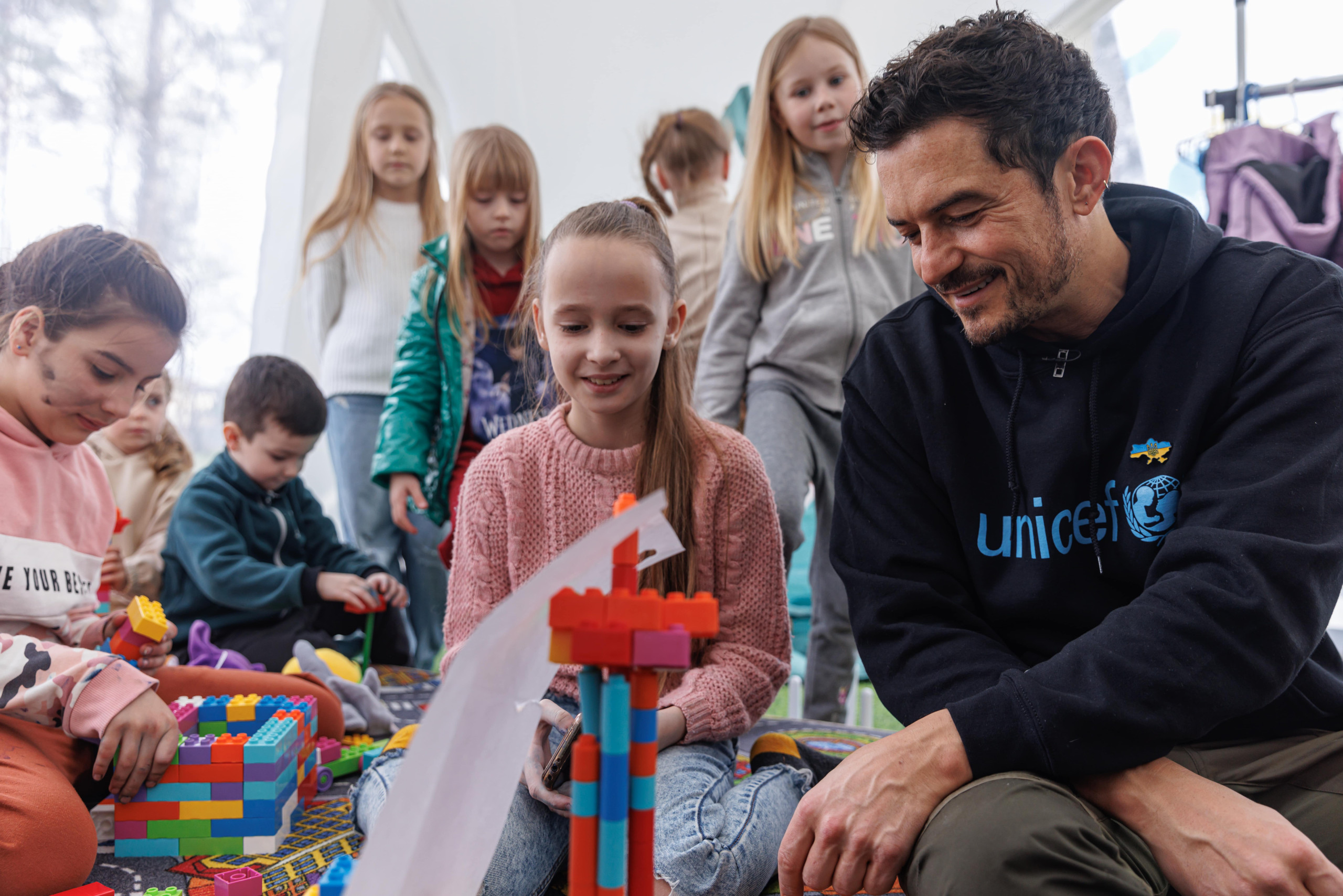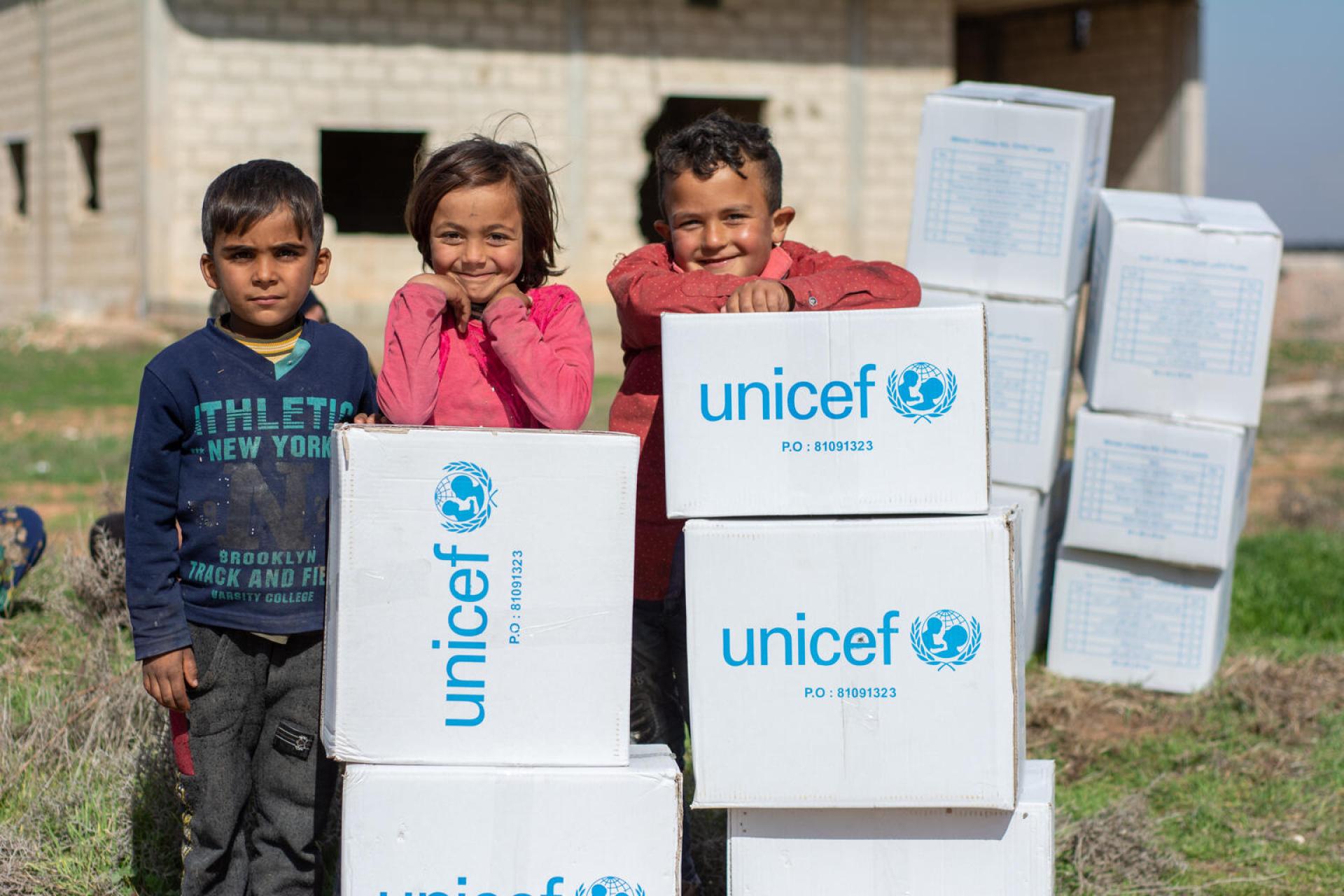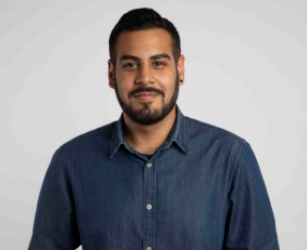The United Nations International Children’s Emergency Fund, or UNICEF, first began operations on December 11, 1946 as a temporary measure to provide relief to children and mothers suffering during the aftermath of World War II. UNICEF was a follow-up program of the UN Relief Rehabilitation Administration which had a wider mandate to administer and organize measures for the relief of the victims of war.
In 1954, UNICEF became a permanent branch of the United Nations and was renamed the United Nations Children’s Fund, although it continues to use the acronym UNICEF even today.
Before 1954, UNICEF’s primary focus was on providing food and clothing to children and mothers who had been displaced by World War II but, after it became a permanent UN agency, it expanded its mission to a broader mandate to provide humanitarian and developmental aid to children worldwide.
UNICEF is well-known in some countries such as the United States for its annual “Trick-or-Treat” fundraising program that encourages children to collect money from houses that they visit on Halloween. The organization’s logo was also on the FC Barcelona players’ kit (one of the most well-known and popular football clubs in Europe) as part of the club’s effort to encourage private donations to the agency.
Since 2015, UNICEF has sponsored a device called the Kid Power Band which is a bracelet that connects to a smartphone app to track the activities of a child wearing one. As the children complete various “missions” on the app, they are awarded points which are then exchanged for rewards from UNICEF’s corporate partners.
UNICEF also regularly partners with “celebrity ambassadors” as well as musical artists and filmmakers in order to raise funds and promote the agency’s activities.

Today, UNICEF is operational in over 190 countries and territories around the world. Notably, the agency does not operate in the Bahamas, Brunei, Cyprus, Latvia, Liechtenstein, Malta, Mauritius, Monaco, Singapore, Taiwan, and the Vatican, for a number of geopolitical reasons, most of which relate to the agency’s strong pro-abortion stance.
What is UNICEF?
UNICEF is a permanent agency of the United Nations that serves as an umbrella organization for both global programmatic action as well as coordination with autonomous NGOs whose primary goal is to raise funds for UNICEF and promote the agency’s activities.
UNICEF’s programmatic activities are administered by seven regional offices:
- Latin America and the Caribbean – Panama City, Panama
- Europe and Central Asia – Geneva, Switzerland
- East Asia and the Pacific – Bangkok, Thailand
- West and Central Africa – Dakar, Senegal,
- Middle East and North Africa – Amman, Jordan
- Eastern and Southern Africa – Nairobi, Kenya
- South Asia – Katmandu, Nepal
UNICEF also works with National Committees in 33 countries, 25 of which are in Europe, which are each styled as an independent and local NGO to serve as the “public face and dedicated voice” of UNICEF.
These National Committees are located in Andorra, Australia, Austria, Belgium, Canada, Czech Republic, Denmark, Finland, France, Germany, Hong Kong (People’s Republic of China), Hungary, Iceland, Ireland, Israel, Italy, Japan, Korea (South), Lithuania, Luxemburg, Netherlands, New Zealand, Norway, Poland, Portugal, Slovakia, Slovenia, Spain, Sweden, Switzerland (which also represents Liechtenstein because UNICEF does not operate there), Turkey, the United Kingdom of Great Britain and Northern Ireland, and the United States of America.
Beyond serving as the “public face” of UNICEF, the primary role of the National Committees is to raise funds from the private sector in order to fund UNICEF’s work. According to the organization, the National Committees receive donations from more than six million individual donors annually.
What Does UNICEF Do?
Aside from its very active public relations and fundraising activities, UNICEF’s primary mission is to promote the agency’s vision of child health, welfare, and development.
Some of the more well-known activities of UNICEF include administering vaccines, providing medical care for newborns, infants, and their mothers, and community education programs on family planning and children’s rights. UNICEF also works alongside other UN agencies to provide food and supplies for children and families during emergencies.

UNICEF primarily operates through community-level programs that promote the agency’s vision of health and well-being for children, including administering vaccines to over 65 million children every year, providing basic education to over 12 million children every year, and treating over four million children suffering from severe and acute malnutrition a year. UNICEF also undertakes the promotion of sexual and reproductive health and rights and supports intercountry adoptions (except those in war-torn areas).
However, the agency’s activities have sometimes been marred by the misuse of funds and poor management issues with its personnel having been involved in a number of scandals over the years. These include allegations of large-scale mismanagement and the theft of millions of dollars from its regional office in Kenya, the abuse and waste of funds from its office in Germany, and fraud involving the misappropriation of US$4 million for a school rehabilitation project in Pakistan.
Who Owns UNICEF?
As a division of the United Nations, UNICEF is collectively “owned” by all 193 United Nations member nations.
UNICEF is administered by an executive board consisting of 36 members, who are predominantly from Europe and the United States. These members are themselves elected by members of the United Nations Economic and Social Council (ECOSOC), one of the six principal organs of the UN.
UNICEF’s executive board elect, known as the Executive Board Bureau, consists of five members: one president and four vice presidents. These five officers represent each of UNICEF’s five regional groups and function as its senior leadership.
UNICEF’s top executive, the Executive Director, is appointed directly by the UN Secretary-General.

What does UNICEF Stand For?
The acronym UNICEF stems from the organization’s original name, the United Nations International Children’s Emergency Fund. Today, however, it is officially called the United Nations Children’s Fund, although it is still known as UNICEF.
What are UNICEF’s Goals?
Today, UNICEF’s overarching goal is the promotion of child health, welfare, and development, which is defined along a number of axes.
According to UNICEF, its primary goal is to “drive change for children and young people every day,” noting that they “never give up” on this mission. UNICEF’s programmatic activities are loosely divided into nine categories:
- Child protection and inclusion
- Child survival (reducing child mortality)
- Universal education for children (of all genders)
- Social policy (reducing child poverty)
- Emergency aid for children and families
- Empowerment of girls and women
- Innovation
- Supply and logistics
- Research and analysis
Of the US$23.3 billion available for programs during 2022–2025, UNICEF is proposing to channel US$21.6 billion, or 93%, through country programmes. Approximately 75% of UNICEF’s funding comes directly from contributions from UN member nations while the remaining 25% comes from corporate partners.



